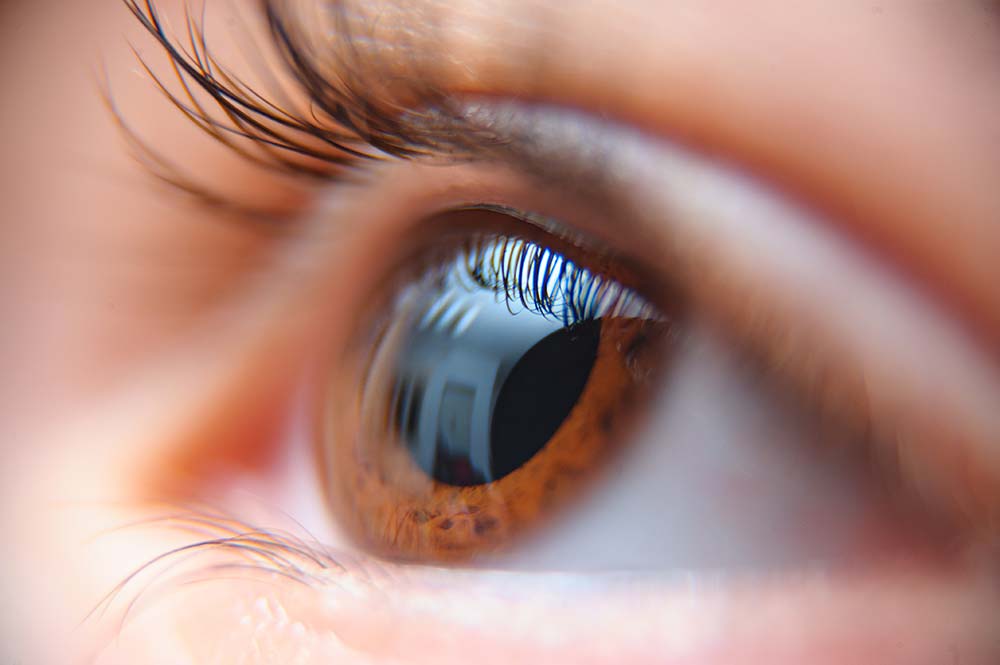What is Cornea Transplantation?
Cornea transplant is a surgical procedure in which a damaged or diseased cornea is replaced with donated corneal tissue. Among the public, the term eye transplant is incorrectly used instead of cornea transplant. It is the corneal layer within the eye that can be transplanted with today's medical possibilities. Transplantation of the eyeball is not possible.

Most corneas used in corneal transplants come from deceased donors. People often face very long waiting times for organ transplants such as liver and kidneys. However, patients who need corneal transplantation generally do not need very long waiting times. Because most people request that their corneas be donated after their death, unless certain diseases occur. Therefore, when it comes to cornea transplantation, the frequency of problems with the donor is less.
Corneas are not used after some nervous system problems, various infections and previous eye surgeries. Corneas cannot be taken from donors with various eye problems or from people who died of an unknown reason.
SUBJECT TITLES
In what cases is corneal transplantation required?
- When the cells that keep the cornea transparent after eye surgery are damaged or the cornea becomes cloudy,
- If the dome shape of the cornea is distorted, such as keratoconus disease,
- Some genetically transmitted corneas diseases,
- If scar tissue or new vascularization occurs in the cornea due to infection (For example, after Herpes keratitis),
- If the cornea becomes cloudy or loses its integrity severely due to various accidents,
- >
- If the body rejects the tissue after transplantation, the need for re-transplantation occurs.
How is cornea transplant done?
In corneal transplant surgeries, both recipient and donor corneas are removed with surgical instruments specially designed for this surgery. The tools and knives used in transplant surgeries enable the operation to be performed by making millimetric incisions. Nowadays, it is possible to perform corneal transplant surgery completely without a scalpel with laser technology. Thanks to femtosecond lasers, both the recipient cornea and the donor cornea are now prepared with thinner incisions so that they can be more compatible with each other.
When does clear vision occur after transplantation?
This process takes place with the help of an operating microscope in an environment with fully sterilized conditions. Apart from the corneal tissue, the equipment and technology used in the surgery vary depending on the transplantation technique. In full-thickness corneal transplants, after the damaged or cloudy corneal tissue is removed, the donor corneal tissue is fixed to the eye with stitches. Depending on the healing of the wounds, these stitches may be removed one by one by your doctor 6 months after the surgery. After the surgery, we get much better vision than before. However, the best vision begins to occur after 6 months to 1 year. Stitches that create astigmatism are removed. Better vision is achieved after appropriate glasses or contact lenses are given.
In seamless corneal transplantation, the donor corneal tissue is prepared manually, with special devices called microkeratomes, or with the help of laser. Afterwards, the receiver is placed seamlessly on the intraocular surface. A small air bubble injected into the eye helps stabilize the cornea. After corneal transplantation, patients use eye drops for a certain period of time to prevent the possibility of infection and tissue rejection.
Your risk of post-operative complications and corneal rejection is likely to continue for many years after the transplantation. Therefore, it is important for you to see your ophthalmologist once a year for the healthy process. Corneal rejection can usually be managed with medications.
If you would like to take a look at our other treatments, you can visit our treatments page.
Tarih: 21/05/2021